Will a Hair Topper Damage My Existing Hair?
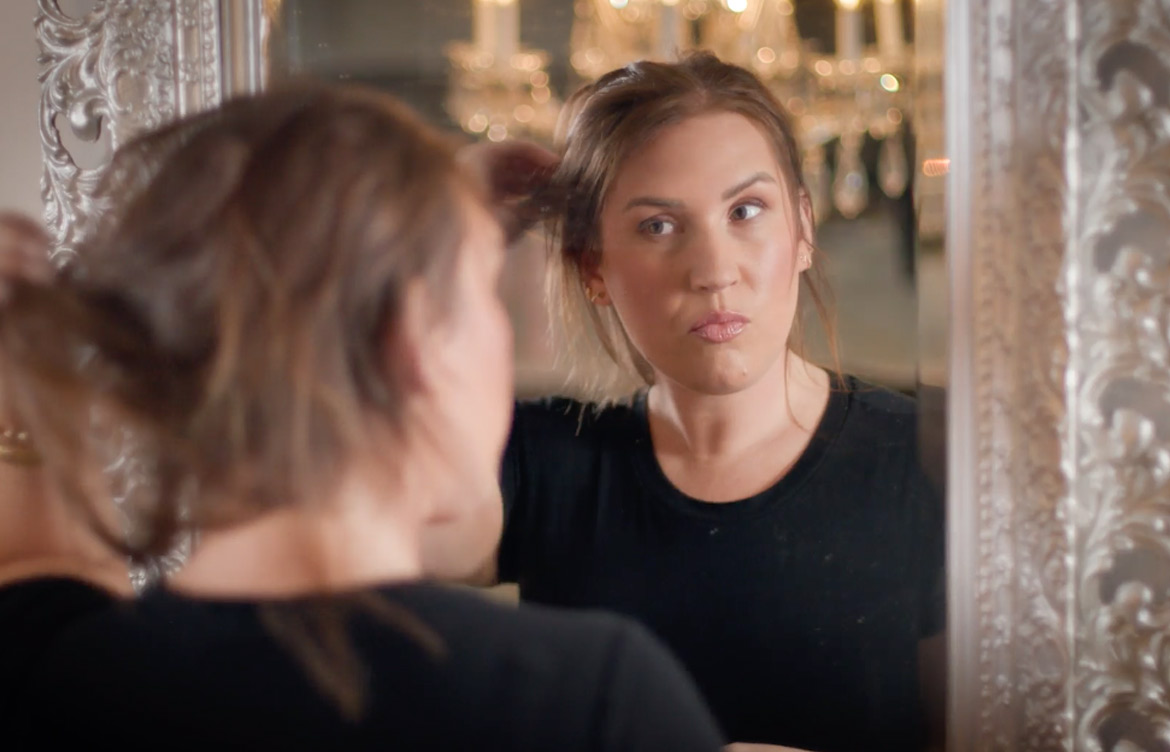
Are you experiencing hair loss and considering a human hair topper? If so, one of your main concerns about wearing a hair topper might be that it will cause damage to your existing hair. It’s not uncommon to feel apprehensive about trying alternative hair solutions, and many individuals facing hair loss struggle with the fear of causing further damage. If you find yourself worrying about the potential risks and long-term effects of wearing a hair topper, you’re in the right place.
At Daniel Alain, we specialize in helping our customers find the perfect human hair wig or topper for their unique situation and needs. Our founder and CEO Daniel Hafid, has dedicated his career to creating world-class alternative hair solutions, and the quality and craftsmanship of our products are unmatched. As a company, we are dedicated to sharing our knowledge and expertise and are committed to educating people about wearing and caring for their wigs and toppers.
We hope that by reading this article, you will gain valuable insight and practical advice about ensuring the well-being of your natural hair while wearing a hair topper. Having a deeper understanding of the factors that contribute to hair damage will enable you to choose the right topper for your needs and guide you through the essential steps to safeguard the health of your existing hair.
Understanding a hair topper
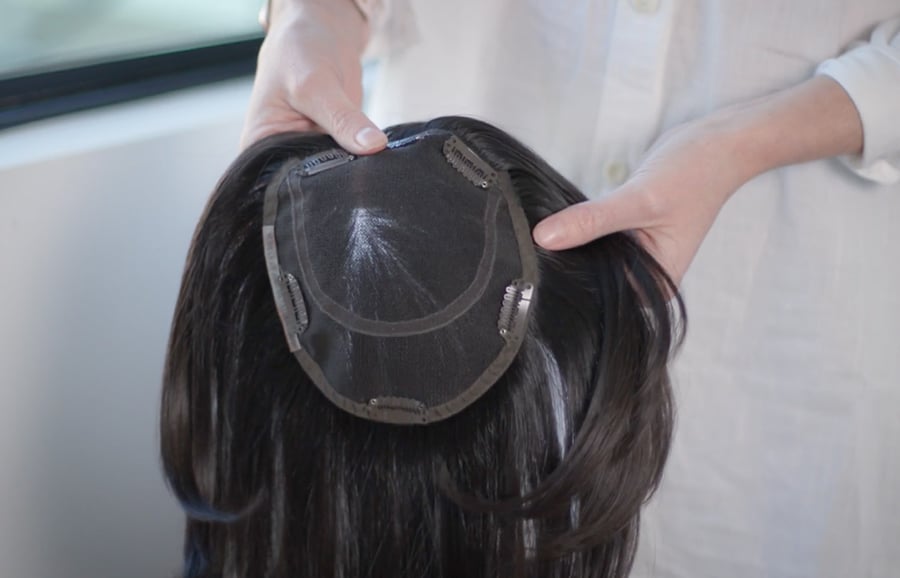
Hair toppers are partial wigs and are also known as hairpieces or wiglets. They’re designed to cover areas of hair loss or hair thinning, specifically at the crown, part line, and top of the head. Hair toppers are a popular option for individuals experiencing the early stages of hair loss or bald patches they wish to cover.
Hair toppers are typically made from high-quality human hair or synthetic hair that closely resembles natural hair. They come in a variety of sizes, shapes, and attachment methods to cater to different needs and preferences.
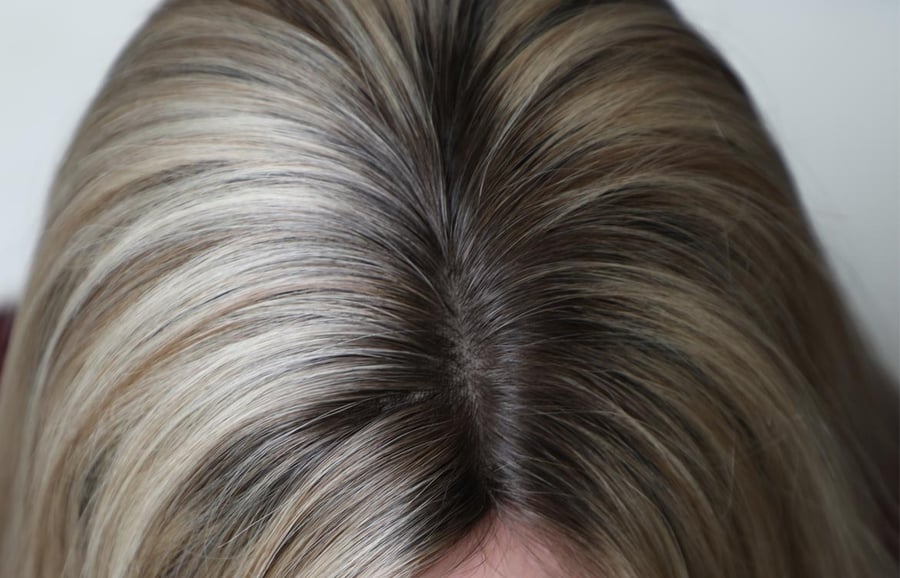
The base of a topper is usually constructed with lightweight and breathable materials, and the most natural-looking hair toppers have a silk top that mimics the appearance of a real scalp.
Clips, tapes, or adhesives are used to attach the topper to the scalp or existing hair, and while we know a topper isn’t right for everyone, if you have a strong front hairline, a topper could be a good option for you.
It’s important to note that hair toppers are different from full wigs, as they target specific areas rather than covering the entire head. Toppers are designed to blend seamlessly with the natural hair, providing coverage and volume to the areas of concern. With the right color match and proper application, a hair topper can create a natural and undetectable look and can make you look and feel more like yourself.
Will a topper damage my natural hair?
Hair toppers are intended to be a non-invasive hair replacement option that does not cause damage to your existing hair. They are typically secured to the head using clips or adhesives, depending on the wearer’s preference, and in truth, a poorly fitting topper or one that’s not attached to your head correctly can cause damage to your existing hair.
Daniel Alain consultant Ashley Harfman, explains that if “the weight of the topper is too heavy for the amount of hair it’s being clipped on to, if you’re brushing the topper too vigorously while it’s clipped on, or if your hair is very, very fine, the clips themselves can damage your existing hair.”
Signs that a hair topper is damaging my existing hair
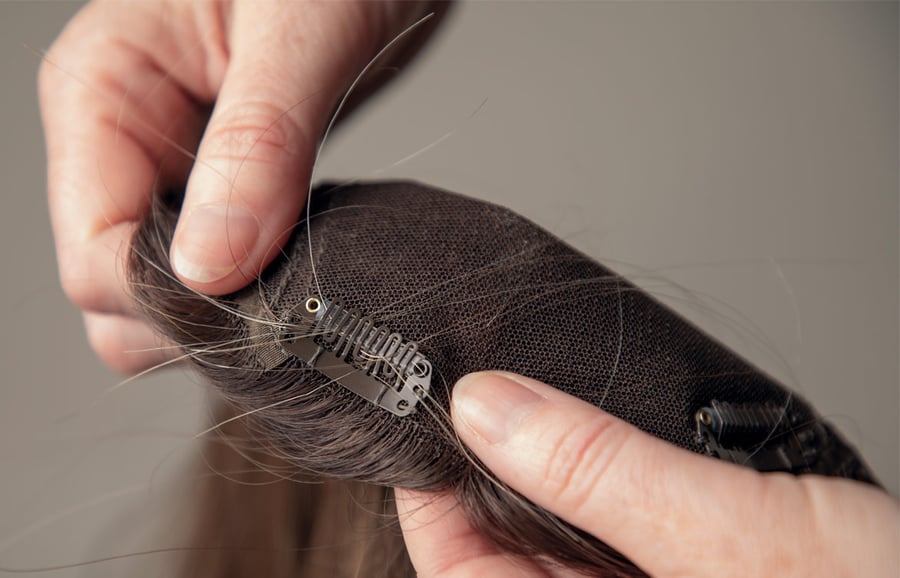
If you are new to wearing a topper or have been wearing one for a while, what signs should you look out for that would indicate your existing hair is being damaged?
Ashley outlines the importance of checking your topper for signs of hair caught in the clips when you remove it. “You also want to check for scalp irritation where the clips lay against your head.”
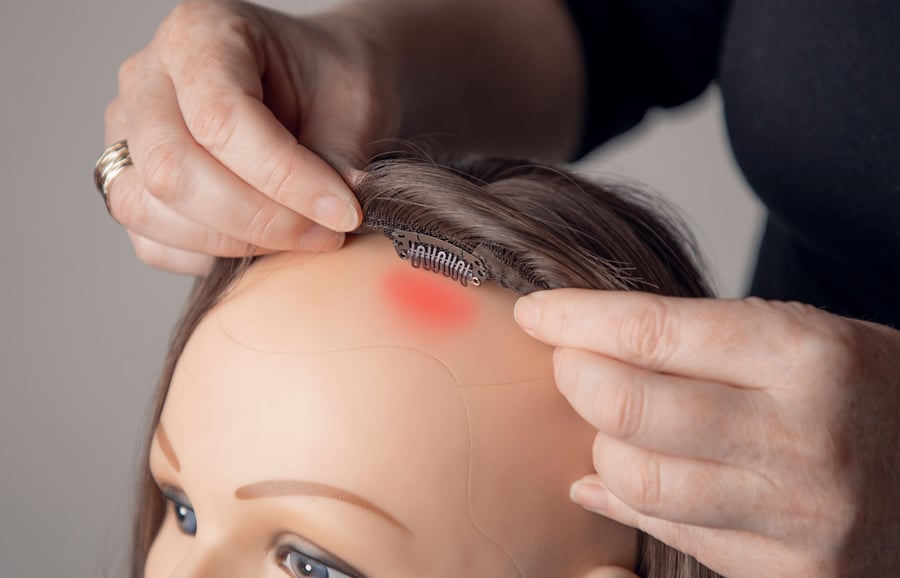
How to prevent damage to your existing hair
Protect your hair when taking the topper on and off
At Daniel Alain, we advocate for consultations with an experienced professional who can teach you how to correctly put on and remove your topper. Nothing beats personalized advice from a professional and working with a brand that provides world-class post-purchase support is crucial to a successful experience.
“Having a consultation and being taught to avoid creating tension is the biggest way you can protect your existing hair from damage,” says Ashley.
Ashley teaches her clients how to scoop up some of their existing hair before attaching the clips. The clips should not be tight against the scalp or cause tension. Instead, there should be a little excess for the hair to move more freely under the topper.
When removing your topper, you should unfasten the clips and gently tug the topper away from your hair and towards the back of your head. Moving deliberately and slowly will reduce the likelihood of hair getting caught in the clips.
Protect your hair while wearing your topper
We know you want to do your best to protect your existing hair and minimize damage while wearing a topper. The biggest piece of advice we can give is to make sure the clips are always comfortable while they’re against your head. You should never feel tension or pulling, and you shouldn’t feel relief when you’re taking the topper off at the end of the day.
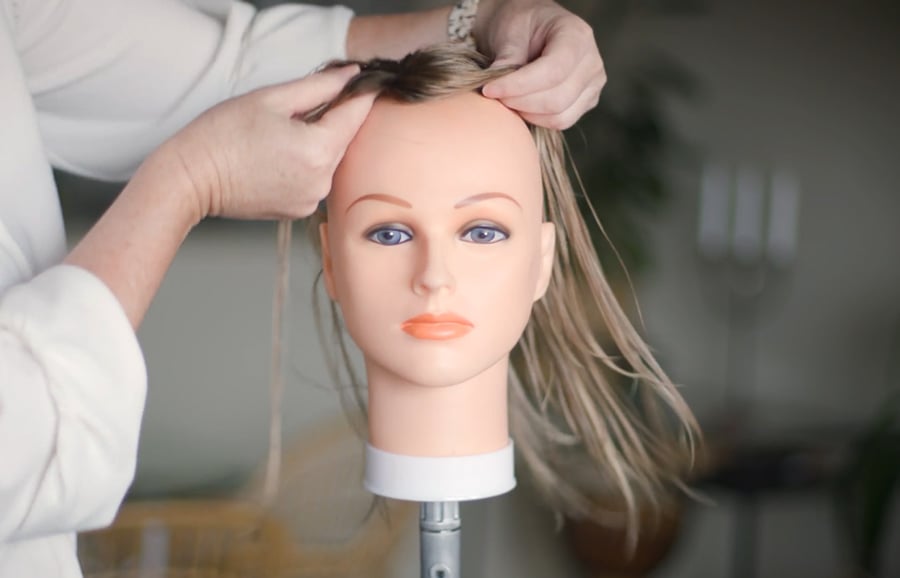
Additionally, Ashley advises against wearing your hair topper in bed at night as it could cause tension and pull out your hair. Styling a topper on a mannequin before placing it on your head will avoid causing stress to your existing hair, and protective hairstyles on a windy day will prevent the hair from blowing around and pulling on your hair. Tying your hair up in a ponytail is the best way to protect your existing hair in blustery weather, but make sure the clips are not uncomfortably tight.
Is hair damage inevitable when wearing a topper?
The vast majority of our customers experience no damage at all to their existing hair while wearing a hair topper. Through an online consultation, our consultants can take accurate measurements to find the correct size and fit and provide education about best practices and tips for protecting fragile hair.

It’s absolutely possible to wear a hair topper for years without causing damage to your existing hair. Daniel Alain customer Emily, has been wearing a human hair topper for 2 years after suffering from hair loss caused by stress, anxiety, and coeliac’s disease. She hasn’t experienced any damage to her existing hair while wearing her topper, but stresses it’s important to “take your topper on and off properly to avoid damaging your bio hair. That’s something you can learn through a consultation.”
Is a hair topper right for me?
If you’re considering a hair topper you may have been plagued by concerns about the potential damage it could cause to your existing hair. Hair loss, bald spots, or a thinning crown can be a source of anxiety, and finding the right solution can sometimes feel overwhelming.
As you continue to explore your options, we hope you’ve learned that when properly chosen and applied, a hair topper does not inherently cause damage. In fact, they can be a valuable tool to restore your confidence and enhance the appearance of your natural hair. By having a solid understanding of the factors that can damage your hair, and by following our recommended care practices, you can use a hair topper without compromising the well-being of your existing locks.
If you’re curious about the hair toppers we make and sell at Daniel Alain, or would like to speak to a professional, we offer guidance and support through a complimentary consultation with our experienced consultants. Should you have any questions or concerns, our team of experts is here to assist you throughout the process. We look forward to hearing from you.
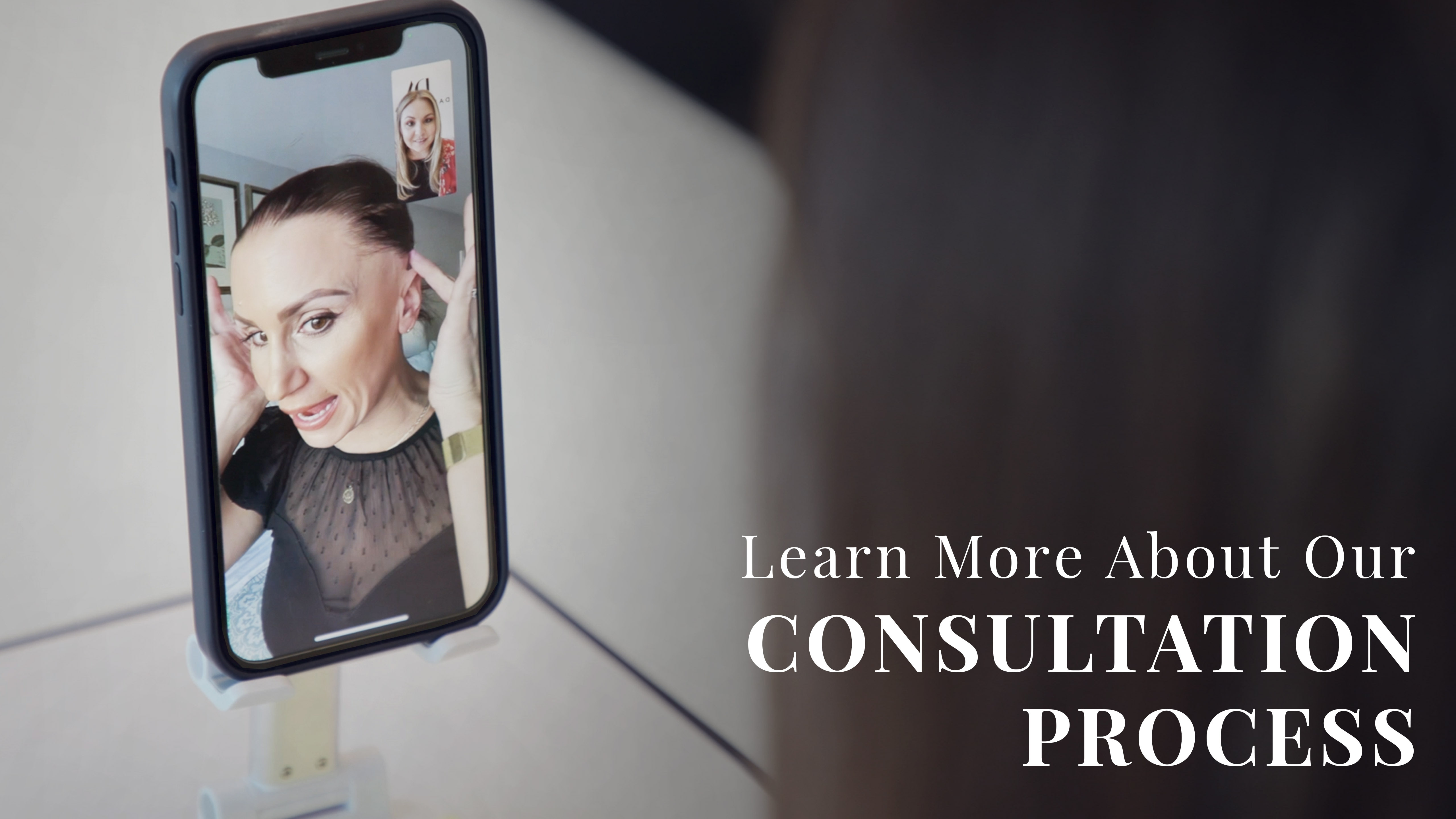

.jpeg)
